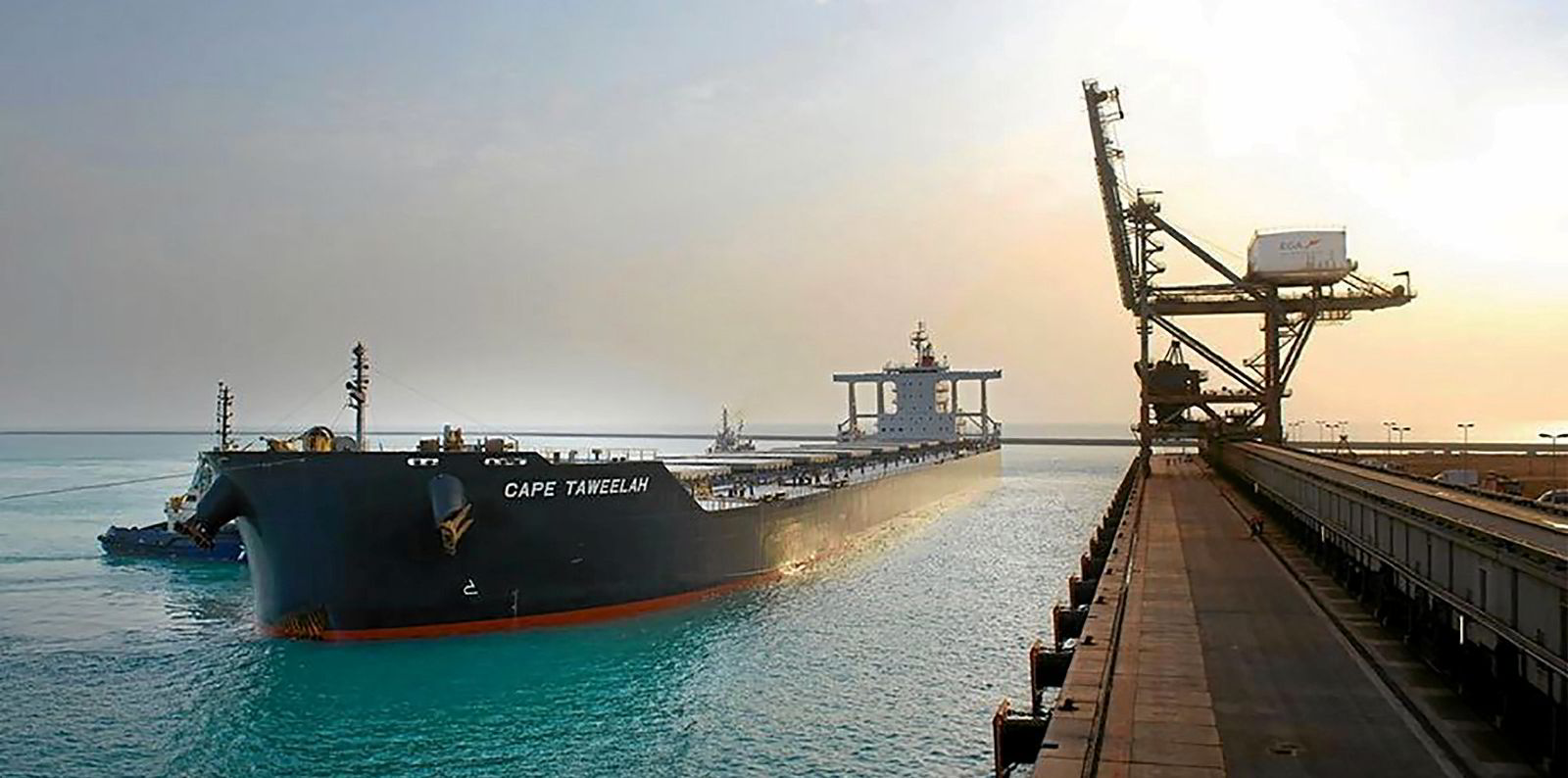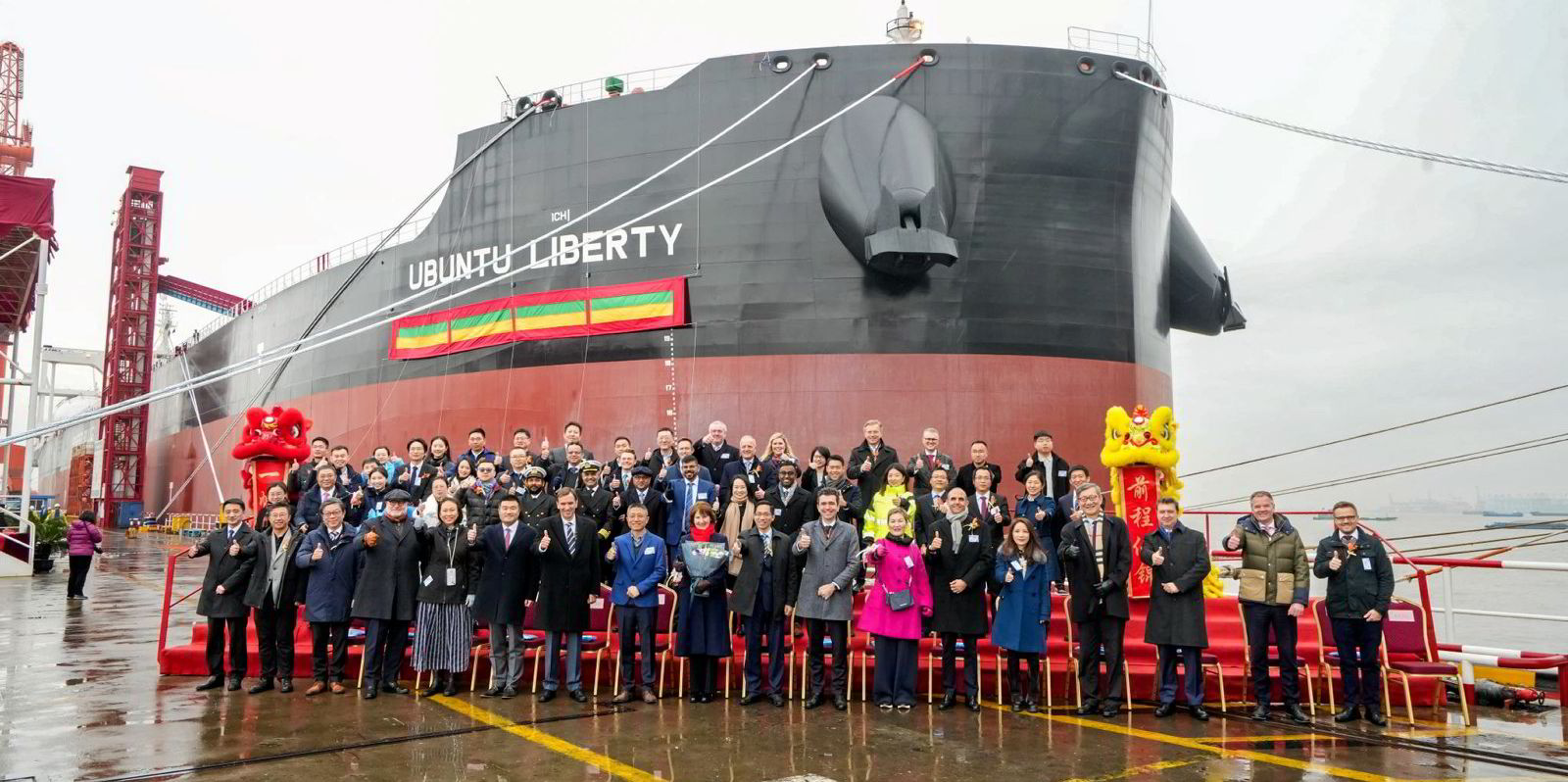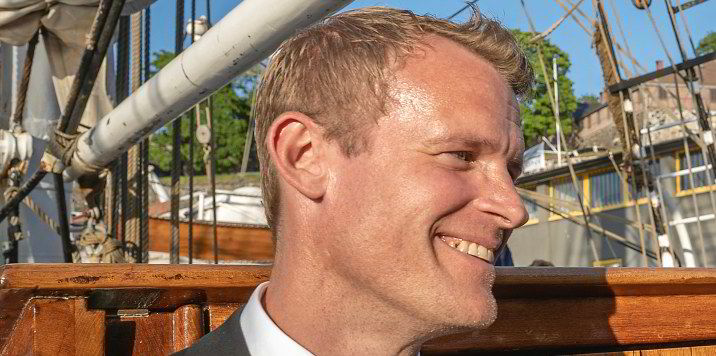The story was simple in Wednesday’s capesize market. Across spot rates and futures — everything went up.
Steady demand has been coming from several different pockets of cargo supply in the Atlantic and Pacific basins. Meanwhile, capesizes are taking longer routes to receivers by diverting away from the Red Sea.
Baltic Exchange panellists added $3,086 on Wednesday to their basket assessment of capesize spot rates across five benchmark routes, which reached $29,800 per day. This is the biggest daily revision to the assessment since 19 January.
Individual freight indices were all assessed higher on Wednesday and major iron ore voyages were all priced more than $1 per tonne higher than on Tuesday.
But an unusually big leap was seen in rates for transpacific round-trip rates from China or Japan, pointing to the strength in the Pacific basin. That market has been building, despite growing vessel supply. A huge $5,496 was added to the assessment, which panellists put at $32,200 per day.
“Despite brokers observing a slightly longer tonnage list developing in the Pacific, there’s a notable volume of cargo keeping the momentum going and driving rates higher,” the Baltic Exchange noted in its daily market report on Wednesday.
Major mining firms such as Rio Tinto and BHP have been active in the market for iron ore runs to China from Western Australia. There has been enquiry in the market for Australian coal bound for China.
Brokers reported that Rio Tinto had booked a capesize for an iron ore run to China at $12.15 per tonne, loading from 15 March. This is $0.30 per tonne more than the other capesize reportedly fixed on Wednesday for the same voyage and loading dates.
Atlantic
Transatlantic round voyages from Gibraltar or Hamburg — a means of comparing the relative strength of the Atlantic and Pacific markets — were assessed $1,500 higher on Wednesday at $31,400 per day.
Bright spots in the Atlantic have been for iron ore fixtures from the north of the basin, where tonnage is reported to be short.
Rio Tinto reportedly booked a capesize on Tuesday to take iron ore from Seven Islands in eastern Canada to Oita, Japan at $35.55 per tonne for loading dates from 19 March.
However, the Baltic said the optimism is moving its way south in the Atlantic, following the $1.20 per tonne added to the assessment for iron ore voyages to China from Brazil. Rates on the route were estimated at $27.47 per tonne on Wednesday.
Similarly, trips from continental Europe or the Mediterranean to China or Japan hit $53,400 per day, having been assessed $2,562 more than on Tuesday.
Vale is said to have booked a capesize to carry Brazilian iron ore to Libya in mid-March at around $19 per tonne.
Glencore subsidiary ST Shipping & Transport was reported to have fixed Minerva Marine’s 178,000-dwt Afales (built 2012) for a voyage from Brazil’s Tubarao to China at $28 per tonne, including an optional stop in Colombia. Loading dates start from 20 March.
Futures
All this added to the excitement in the futures market, particularly for front-month paper, which suddenly looked too cheap after the physical index was published.
A steady volume of March paper changed hands all day, which traded as high as $32,000 per day. The contract finally settled at around $30,500 per day, which is $3,065 higher than Tuesday.
April contracts shot up by $2,340 over the day’s trading and printed at just over $31,200 per day.
Second-quarter contracts closed just under $2,000 higher than Tuesday at nearly $30,500 per day.
Paper for the third and fourth quarters currently indicates levels of around $28,000 per day.
The cargo keeps coming
Golden Ocean, one of the world’s largest listed owners of capesizes, reported its latest quarterly figures on Wednesday and drew attention to the support being given to the market by longer-haul trades.
Vessel diversions and new pockets of demand are boosting tonne-miles and helping to absorb the supply of vessels to the market.
“The iron ore volumes from Brazil and coal stems from Colombia have increased 20% and 40% respectively year on year, further boosting the market,” chief executive Lars-Christian Svensen told TradeWinds.
He also pointed to unrest in the Red Sea, which is causing many bulk carriers to avoid the region and divert around the Cape of Good Hope.
As well as iron ore and coal, bauxite has become a key component of the capesize trade. Guinean bauxite accounted for 12.5% of capesize tonne-miles for the segment last year, most of which made its way to China.
“We have entered 2024 with strong demand in Asia and a broad-based global economic recovery underway, creating an overall healthy demand picture,” Svensen said.






